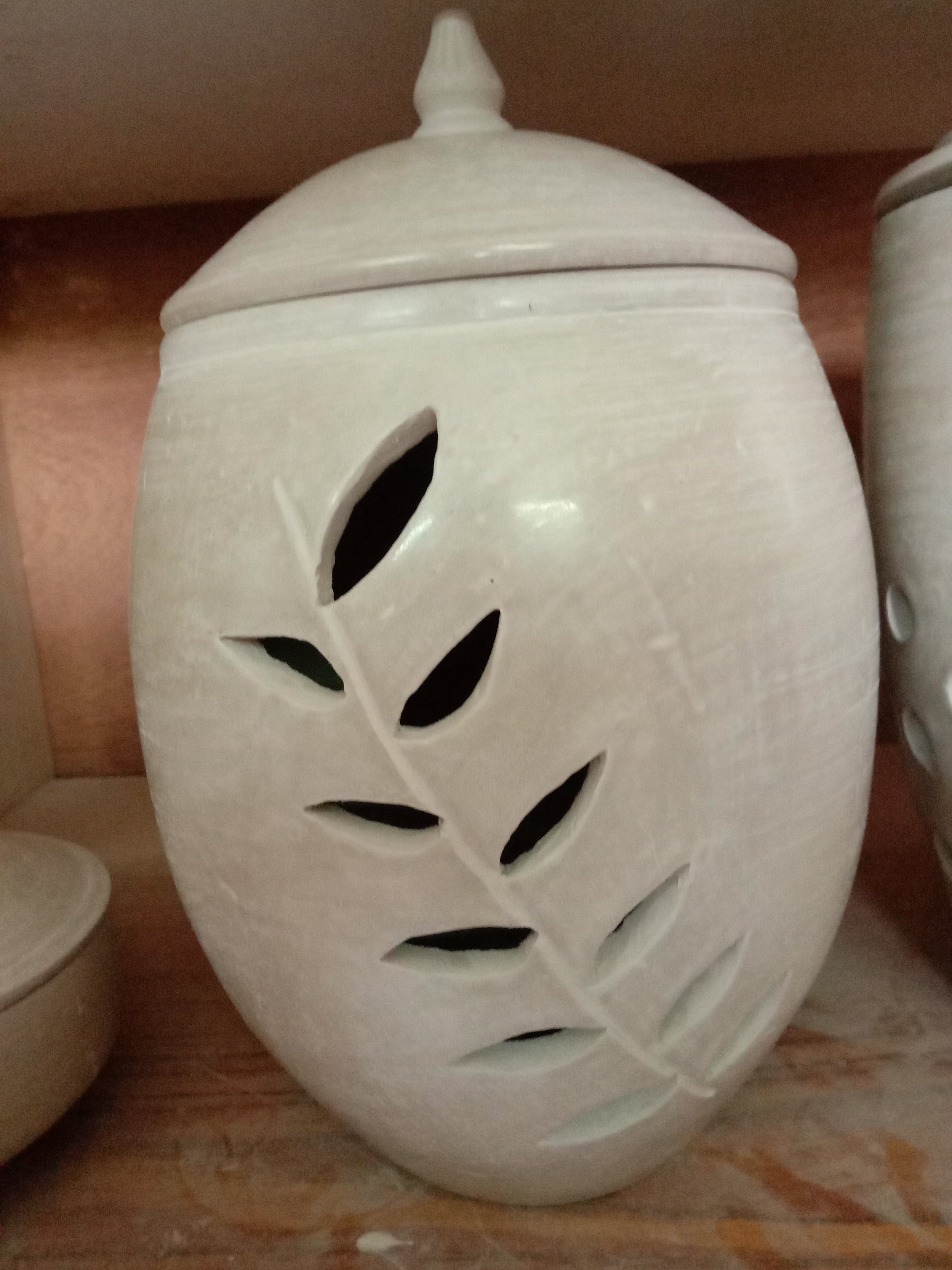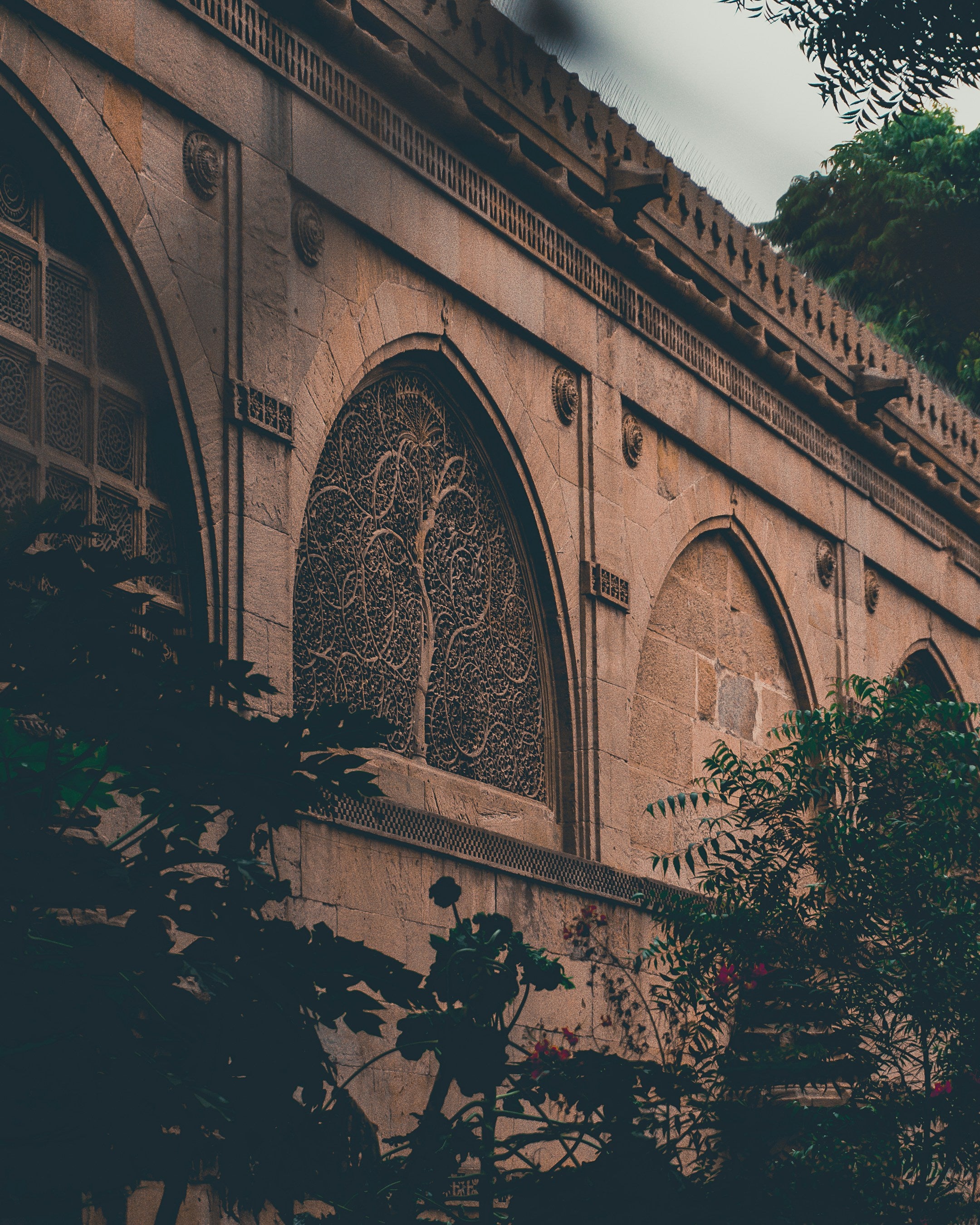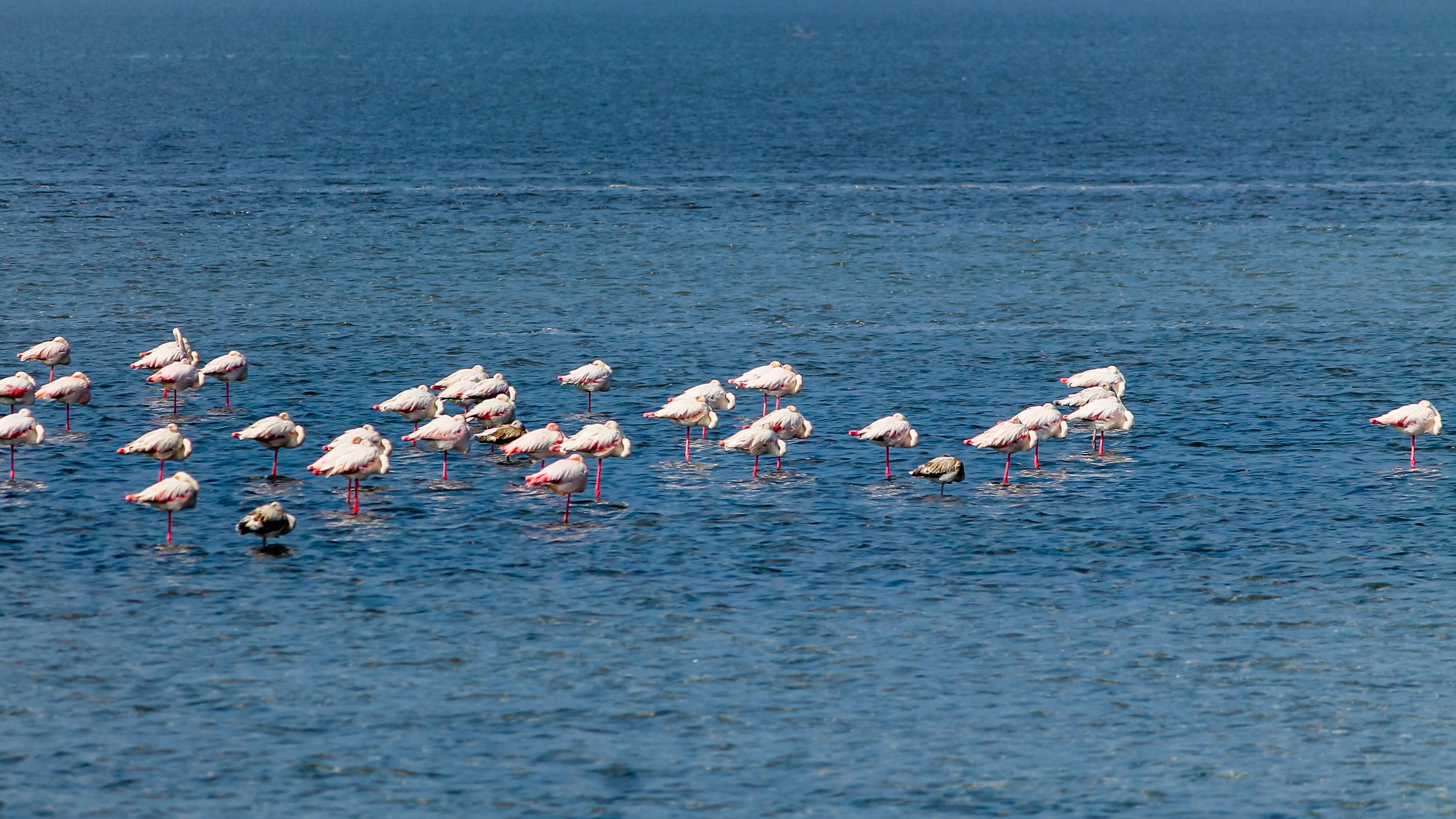
Pottery
Kutch was once famous for its terracotta pottery. Master potters shaped local clay on the potter’s wheel to create unglazed earthernware vessels. These were painted, as was the tradition, by the women in their families. Traditional water carriers as well as large size forms of elephants and camels also featured in the potters’ repertoire. So integral was pottery to Kutch that there was at least one family of potters in every village.
In earlier times, Kutch terracotta pottery was also traded with the outside world from the sea ports of Mandvi, Mundra and Lakhpat.
The role of pottery however began to decline when the centre of sea trade shifted from Kutch to Bombay. It also lost its domestic importance when modernization came to Kutch and a variety of mass-produced materials became easily available.
With no local or international markets, only a few families were willing to practice pottery. They focused primarily on creating water carriers. However, a few master potters such as Buddhachhacha Kumbhar continued creating large size animal forms.
Chanda Shroff decided to work with Buddhachhacha’s son and grandson. She wanted Kutch terracotta pottery to regain its stature as one of the renowned crafts of Kutch.
She studied the intricacies of the craft and elevated the quality of its every aspect.
She inspired and motivated Usmaan Ganni, Buddhachhacha’s grandson to take up the family craft, and even try his hand at new forms.
Usmaan is now a sought-after potter who works from Shrujan’s Design Studio. He paints his terracotta creations and has developed an ingenious technique to stone polish them so that they look like glazed pottery.
Slowly, terracotta pottery is gaining popularity. More and more potters are shaping traditional as well as contemporary forms. The most popular product however, is still the gowmukh water jug that Chanda Shroff had designed more than a decade ago.




